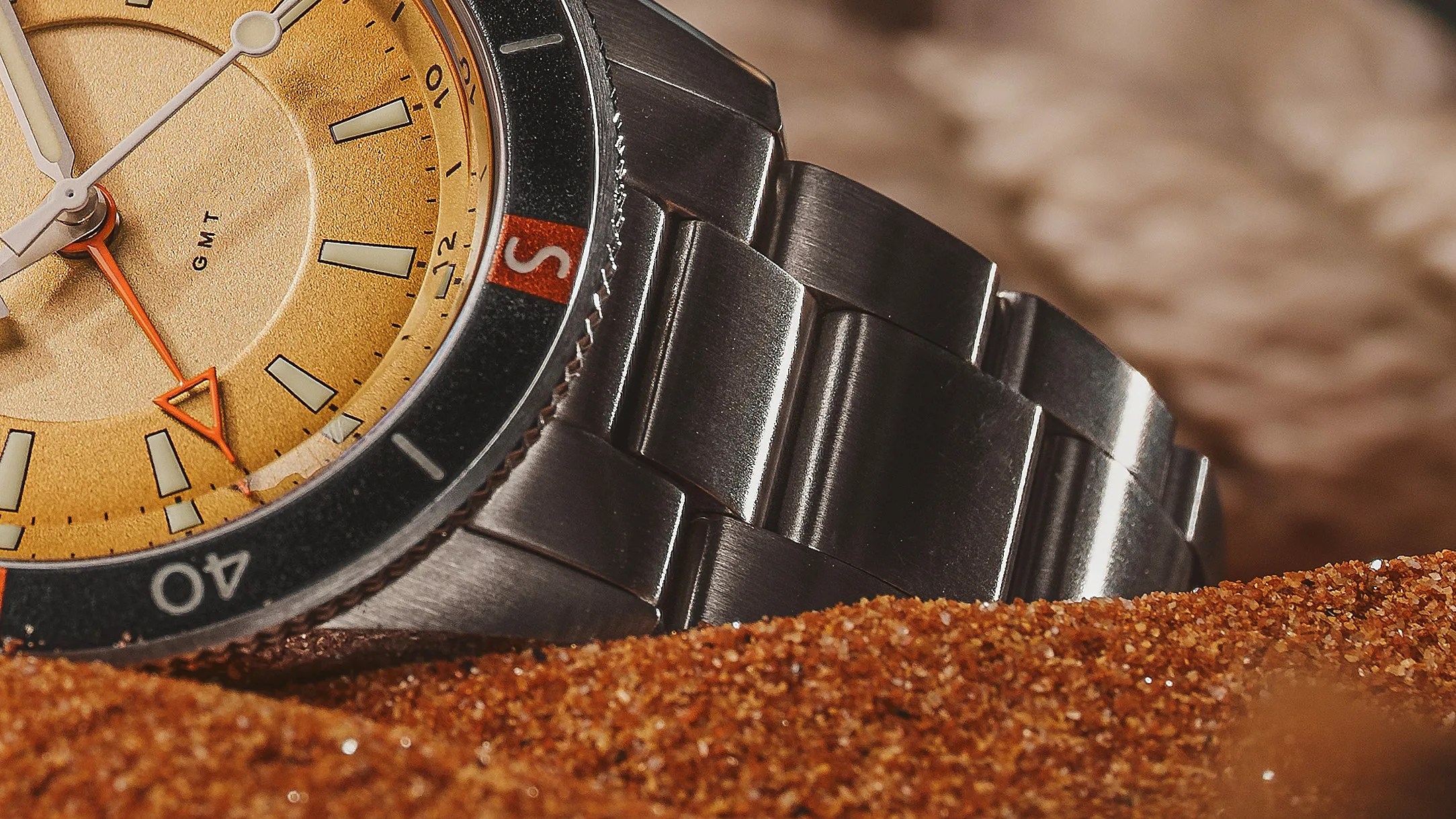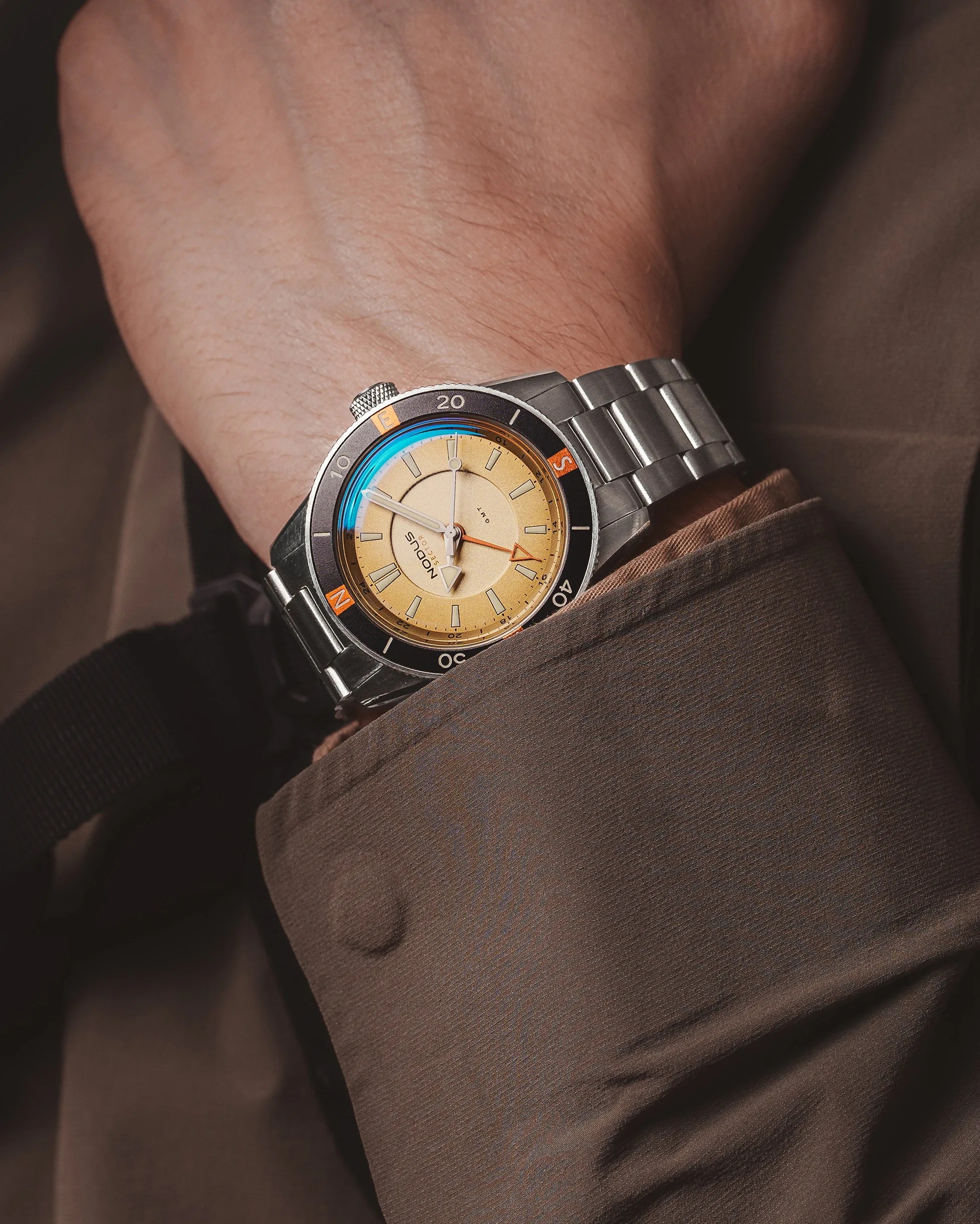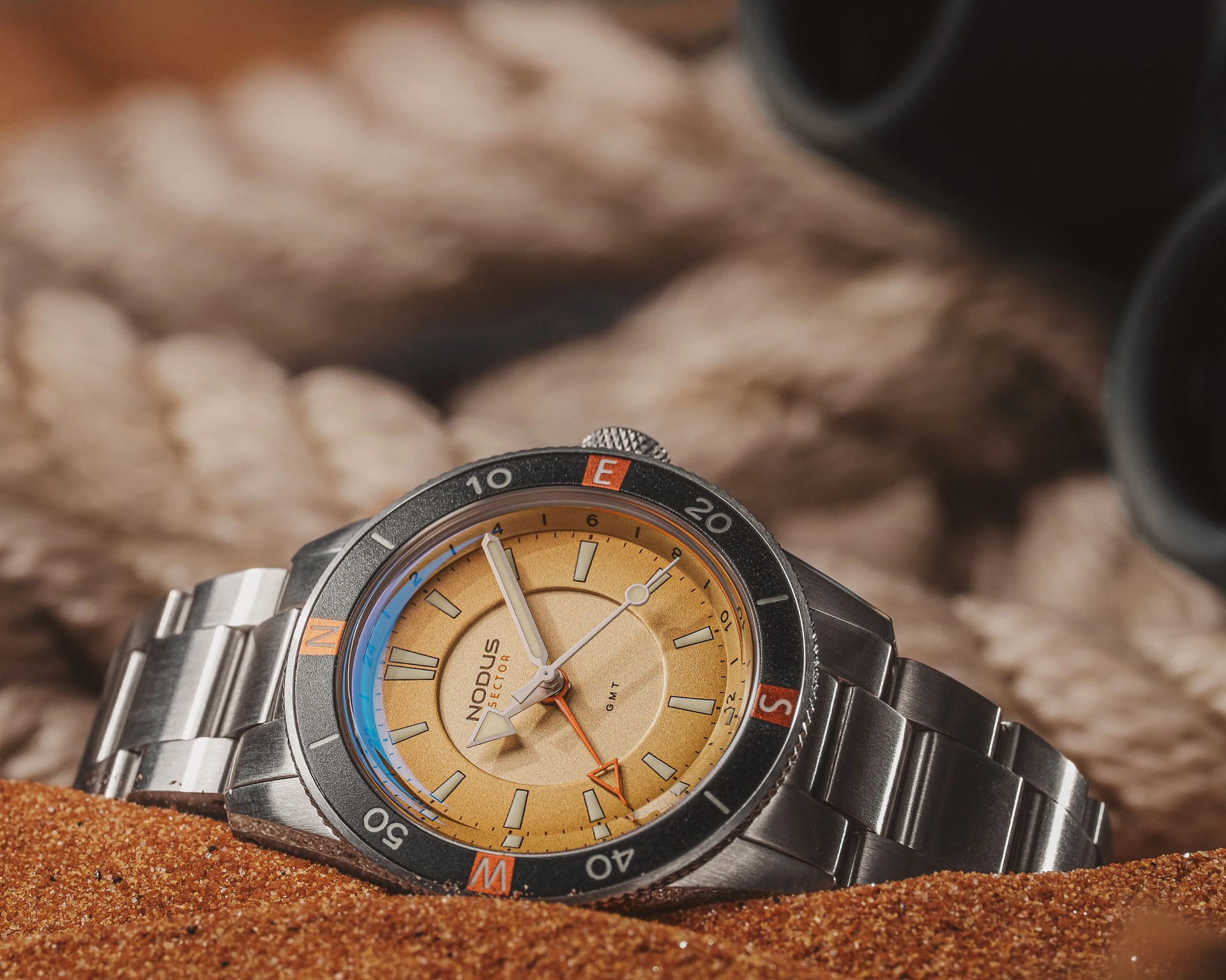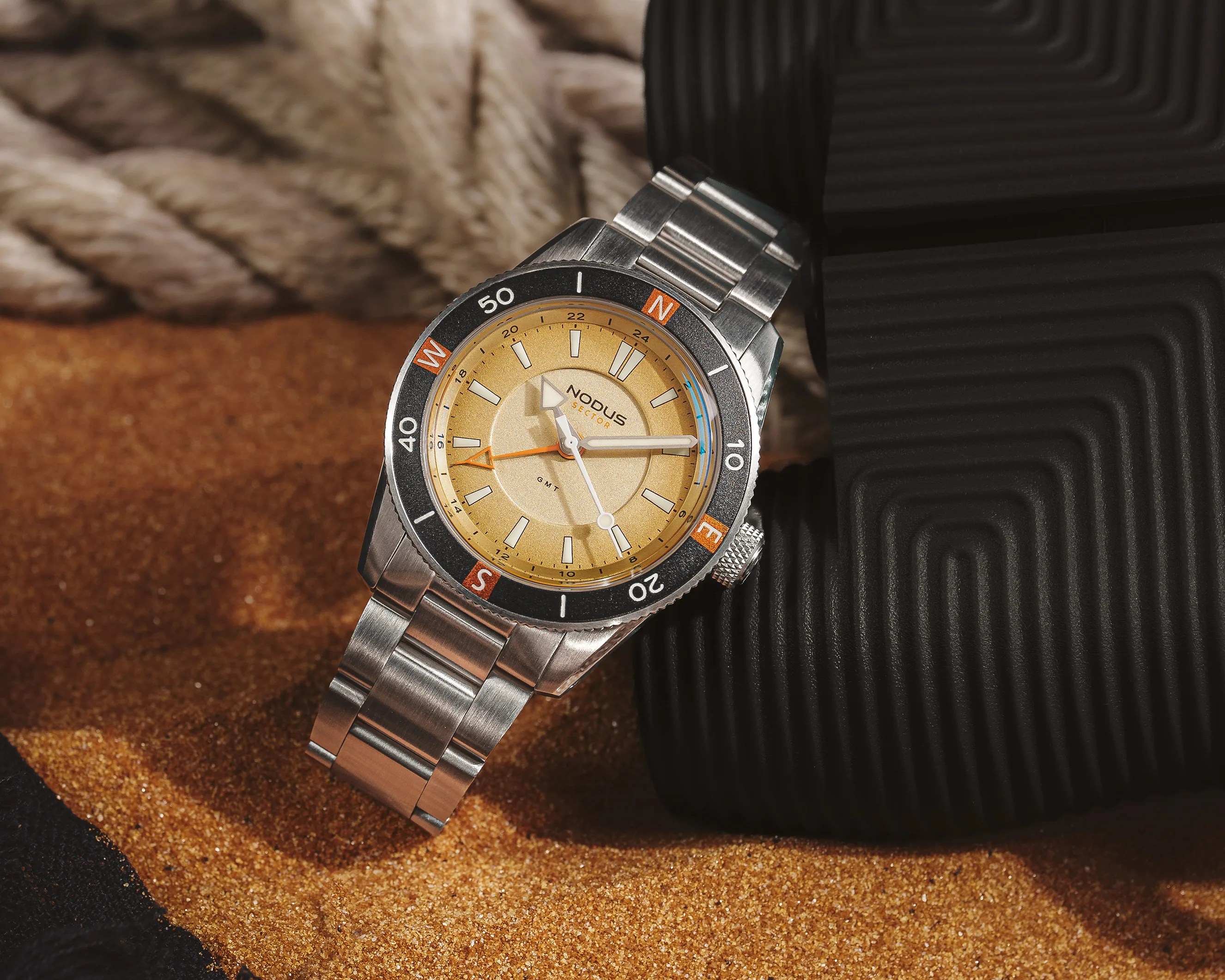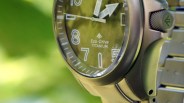Watch research and development is often done in laboratories as sterile as an OR. When field testing is done, it is typically in the hands of trained horological professionals.
So when Nodus announced that it was sending a prototype of its next field watch on a two-week scientific research expedition across the Gobi Desert, I was both surprised and intrigued.
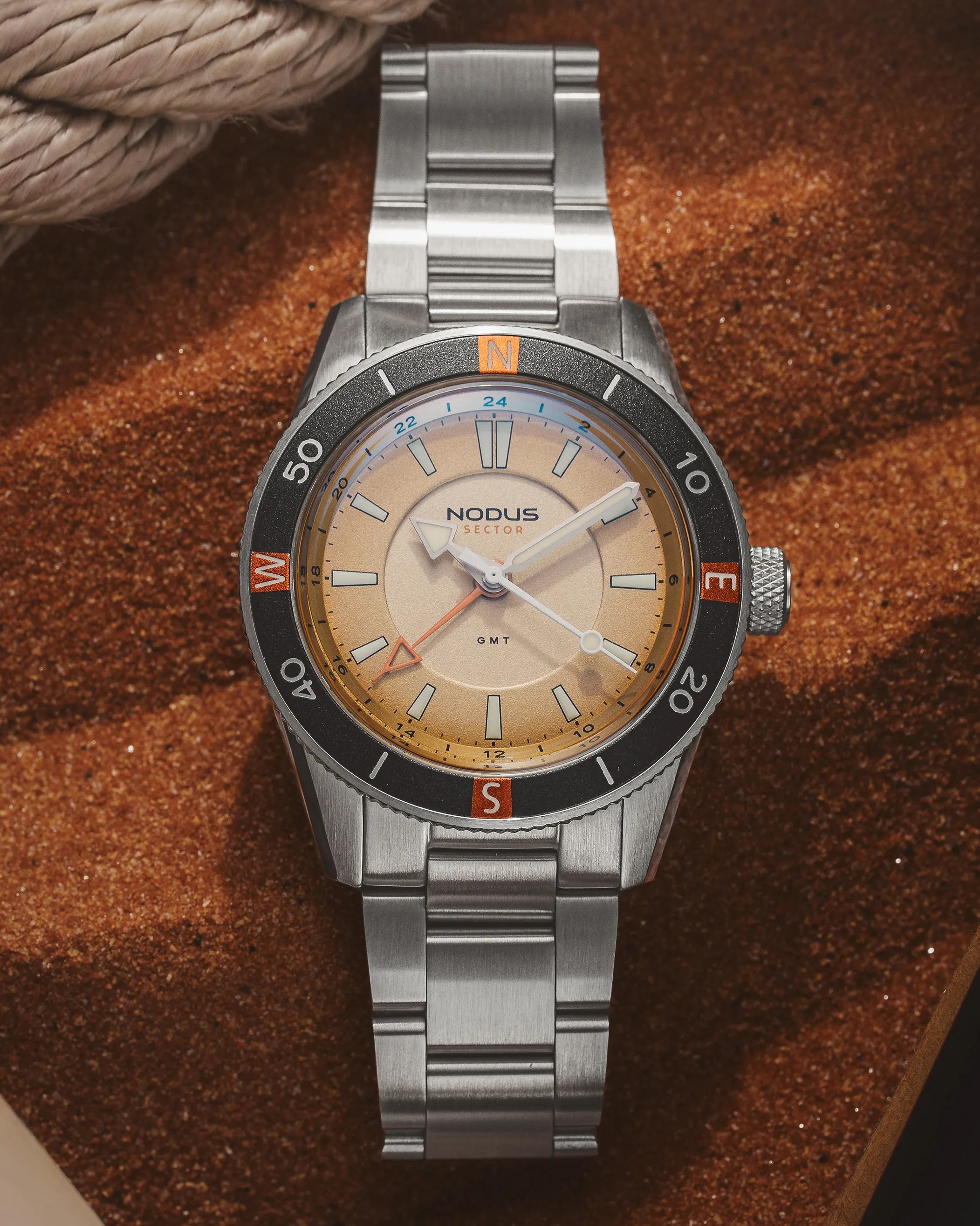
Nodus boldly proclaimed that it is building the ultimate explorer’s watch, so it makes perfect sense to put prototypes in the hands of, or rather, on the wrists of, genuine explorers.
The watch part of the kit for the Roy Chapman Andrews Legacy Expedition, which consists of 30 archaeologists, anthropologists, biologists and botanists following the path of the eponymous legendary explorer’s final trek a century ago.
Various scientific surveys will be taking place to monitor the effects of climate change and search for dinosaur bones and archaeological evidence.
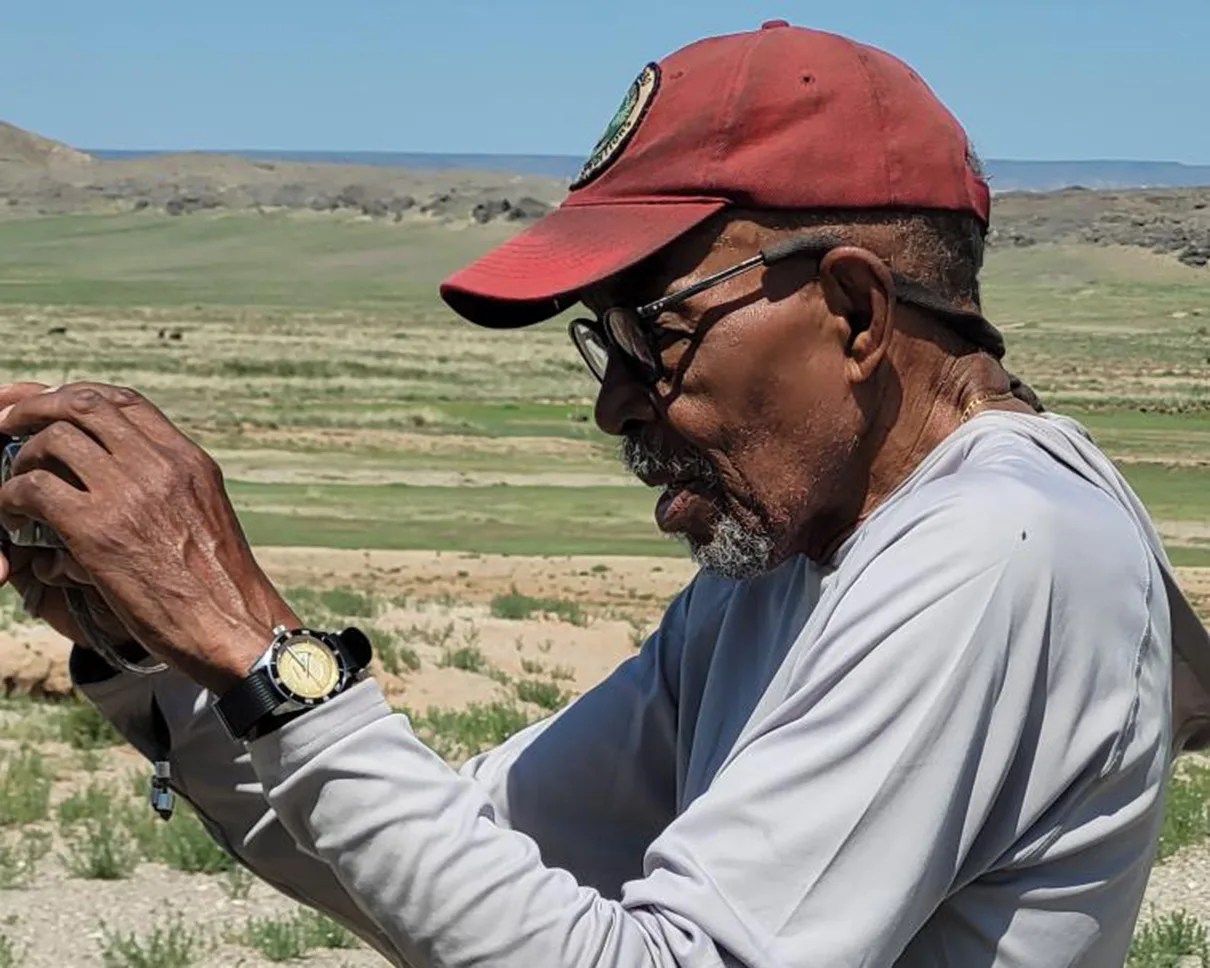
The Roy Chapman Andrews Legacy Expedition is a group effort between the Explorers Club, Nomadify Expeditions and the Scientific Exploration Society. Nodus is along for the ride to gather feedback from the experts in their respective fields about the watch’s performance.
